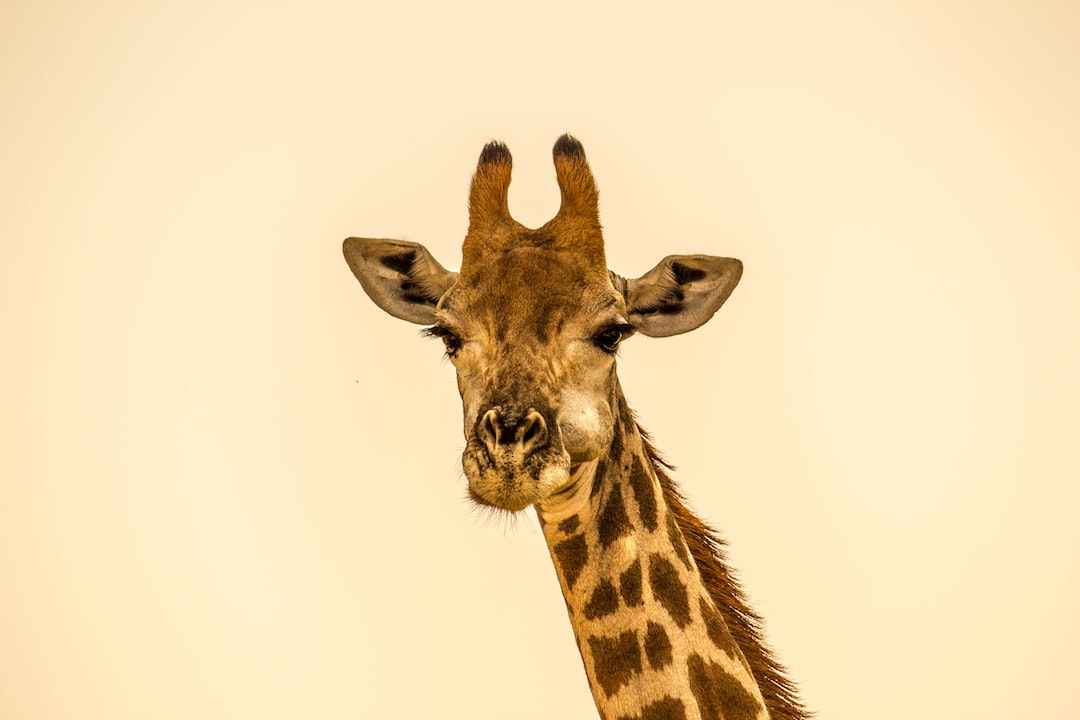Uncovering the Secrets of Animal Migration
Migration is a phenomenon observed in various animal species that has fascinated scientists and wildlife enthusiasts for centuries. From incredible journeys across vast oceanic spaces to long-distance treks across continents, animal migration remains a great mystery, yet unlocking its secrets provides invaluable insights into the world around us. In this blog post, we delve into the fascinating world of animal migration, exploring its purpose, patterns, and the astonishing feats undertaken by these remarkable creatures.
While the motive behind migration may differ among species, it primarily serves two crucial purposes: survival and reproduction. Animals migrate in search of better resources, such as food, water, or suitable breeding and nesting grounds. By migrating, they increase their chances of survival, foraging on richer pastures or avoiding hostile environments. This annual trek also allows them to find ideal conditions for mating and raising their offspring, ensuring the continuation of their species.
Migration patterns can vary greatly, with some species migrating in large groups called herds or flocks, while others travel individually. From birds and mammals to fish and insects, each group exhibits unique characteristics and adaptations for their respective migration journeys. Birds, for example, showcase extraordinary navigation skills, with many species capable of covering thousands of kilometers with unwavering precision year after year. What is even more astonishing is that some birds, such as the Arctic tern, can migrate between the Arctic and the Antarctic, traveling over 71,000 kilometers annually.
Marine creatures also partake in incredible migration events. The iconic journey of humpback whales, for instance, spans up to 10,000 kilometers from the polar feeding grounds to warmer breeding waters. Other marine organisms, like sea turtles, undertake extensive migratory routes across vast oceanic expanses, often returning to the same sandy beaches where they were born to lay their eggs.
Fish species, too, demonstrate outstanding migratory instincts. Atlantic salmon, for example, undergo extensive upstream migrations, swimming from the open ocean to rivers where they were originally hatched. Despite obstacles such as waterfalls and dams, these resilient creatures are capable of traversing immense distances to reach their spawning grounds. Similarly, eels migrate thousands of kilometers from freshwater rivers to the Sargasso Sea to reproduce, where they were themselves hatched several years earlier.
The mechanisms underlying animal migration have long puzzled scientists, but technological advancements in recent years have shed light on these enigmatic journeys. One critical tool used in the study of migration is geolocation technology, which enables researchers to track the movements and pinpoint the locations of migratory animals. Combining this with satellite imagery and weather data provides a comprehensive understanding of migration patterns and the factors influencing them.
Another informative technique employed is the use of radio or satellite tags attached to individual animals. These devices record an assortment of data, including movement patterns, diving behavior, and temperature preferences. This wealth of information helps identify critical habitats, migration corridors, and possible threats that can guide conservation efforts.
Understanding animal migration is not only fascinating but also essential for the preservation of biodiversity and ecosystems. With habitat loss, climate change, and other human-induced factors threatening many species, comprehending their migratory routes and behavior allows scientists and conservationists to develop effective strategies for their protection.
Furthermore, the study of animal migration holds immense potential for applications in various fields. For instance, researching migratory birds has provided inspiration for the development of efficient aircraft designs, enhancing fuel efficiency and reducing carbon emissions. The remarkable navigational skills of migratory animals have also informed advancements in robotics and autonomous systems, guiding the creation of GPS-like devices and improving artificial intelligence algorithms.
In conclusion, animal migration is a stunning phenomenon that continues to captivate the scientific community and nature enthusiasts alike. The purpose behind this astonishing behavior lies in the pursuit of survival and reproductive success, as animals search for better resources and optimal breeding grounds. By unraveling the secrets of animal migration, we gain invaluable insights into the workings of the natural world and develop strategies to protect these incredible creatures. Moreover, the study of migration inspires innovation in various fields and has the potential to shape our own technological advancements. In our quest to uncover the mysteries of migration, we uncover a deeper understanding of our interconnectedness with the animal kingdom.

